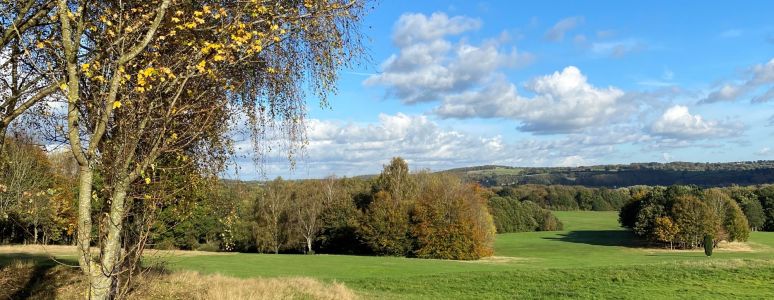How we monitor trees for ash dieback

Tue 8 Oct 2024
Derby City Council is continuing to take action in response to a common tree disease. Ash dieback is a fungus that is progressing throughout Europe and has been in the UK since 2012.
The disease causes lesions on the leaves, stems and branches of ash trees and can cause extensive dieback to the whole tree over several growing seasons. The tree does fight back, but year-on-year infections may get worse however, some specimens may form a level of resistance, and these may hold the key to saving this species.
The Council monitors the condition of all maturing ash trees in areas of higher risk, for example in our parks, as well as private garden trees adjacent to our streets and pathways. Because infected trees may become structurally unsound, our teams will take action to ensure affected trees are made safe, where necessary.
Making trees safe may involve cutting back the tree branches but leaving the trunk in place as habitat for insects and other wildlife where possible, which is called standing deadwood.
This is something we have recently had to do to a tree at Allestree Park, where seven of our larger ash trees, close to the main footpaths, have progressed into serious decline. The decision to cut back trees is never made lightly, but with safety as a priority.
The Council will continue to work closely with the Forestry Commission on all future woodland projects, liaising directly with them for up-to-date advice and licensing matters. Work will always be carried out sympathetically to sustain and enhance the natural ecosystems.
Ash dieback is a significant challenge for all landowners however, maintaining diversity helps mitigate its impact. Going forwards, our teams will continue to monitor its effects and that of all known relevant tree diseases, planning for restocking where necessary to ensure a resilient city tree canopy.
You can find out more about ash dieback on the Forest Research website.

